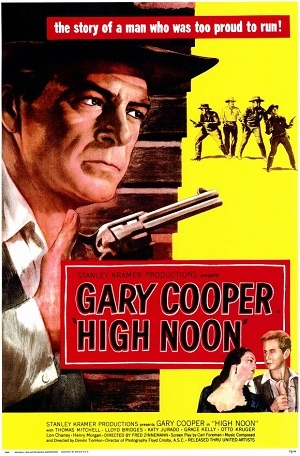1939’s Hitler — Beast of Berlin opens with a shot of Nazi stormtroopers marching down a Berlin street. As they pass, every civilian stands and gives them the stiff-armed Nazi salute. A couple sitting in a park does it. A woman pushing a baby carriage does it. A group of children do it.
Despite outward appearances, not everyone in Berlin is a supporter of Hitler or the Nazis. Hans Memling (Roland Drew) is an intellectual and a veteran of World War I. He knows that Germany’s economic policies are, in fact, making the country weaker. He knows that Hitler is determined to provoke a war that Germany cannot win. Prophetically, Hans speaks of the risk of German citizens being forced to fight in a war that is only being fought on behalf of Hitler’s ego. He warns that Berlin and Germany will be destroyed if Hitler is not stopped.
Along with a group of other dissidents, Hans prints an underground newspaper, one that presents the truth about what is happening in Germany. Working with him, among others, is his brother-in-law, Karl (Alan Ladd, in an early role) and a priest named Father Pommer (Frederick Giermann). Their contact in the Gestapo is Alfred Stahlhelm (played by Hans Heinrich von Twardowski, a German actor who escaped Germany when Hitler came to power). Stahlhelm is an alcoholic who fears that he will accidentally slip up when he’s drunk. As he explains it, a member of the Gestapo is expected to drink and visit brothels when he is off-duty. If he doesn’t, he will be immediately suspected of insubordination.
When the Gestapo does come for Hans’s operation, Hans finds himself separated from his wife (Steffi Duna) and imprisoned. The only thing that keeps Hans alive is that the camp commandant is an old friend from World War I. Hans can only watch as his allies are either executed or forced, after torture, to declare their loyalty to Hitler. When Hans is finally given an opportunity to escape, he must decide whether to flee to Switzerland or to remain in Germany and continue to fight the Nazi regime.
The most interesting thing about this film is that it was made in 1939 and released into theaters a month after Germany invaded Poland. The film was released at a time when America was still officially neutral and when isolationism was still a popular policy. It was released at a time when many Americans were still dealing with the trauma of World War I and, as such, felt that Europe should be left alone to deal with its conflicts on its own. As such, the film struggled with both the enforcers of the Motion Picture Production Code but also with local censors who felt that the film might offend the German communities within their towns. James G. Stahlman, editor of the Nashville Banner, was moved to write an editorial calling for the film to be banned because it might inspire audiences to want to go to war with Germany. Despite all that, Hitler — Beast of Berlin did well at the box office, though many theater owners chose to advertise it as being titled either Beast of Berlin or The Goose Steppers.
Seen today, parts of the film seem naive. Despite the film being fervently and unapologetically anti-Nazi, it is still obviously a film made at a time when the full depravity of the Nazi regime had not yet been revealed. The scenes in the concentration camp feel as if they could have been lifted from any 1930s prison film and they certainly come nowhere close to depicting what we now know was actually happening. Indeed, the film barely acknowledges the anti-Semitism that lay at the heart of Nazi ideology. But the film does do a good job of portraying life in a society where no one can be trusted and where simply saying the wrong word can lead to prison, torture, and even worse. The film captures the fear and paranoia of living under a dictatorship and certainly, it deserves credit for calling out the Nazis and their leaders by name. At a time when many people were living in denial about what was happening in Europe, this film took a clear and firm stand. In 1939, the film may have been called “propaganda” but today, it feels like prophecy. Everything that Hans predicts in this film would come to pass in reality. The film was a warning that was heeded too late.


